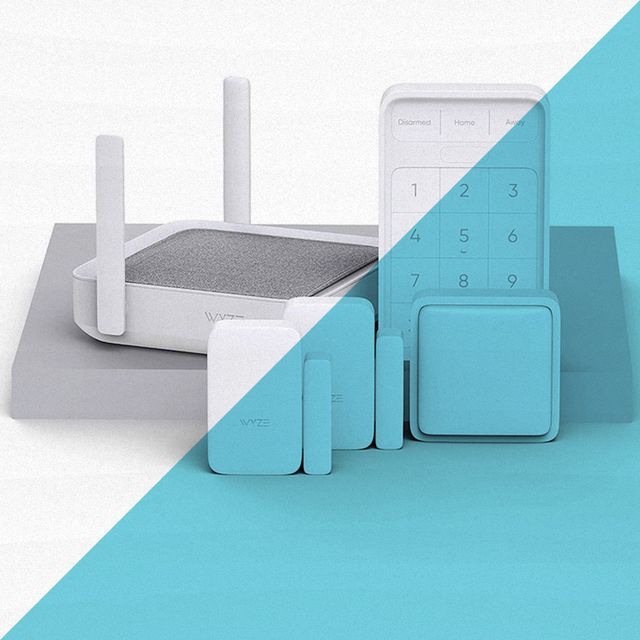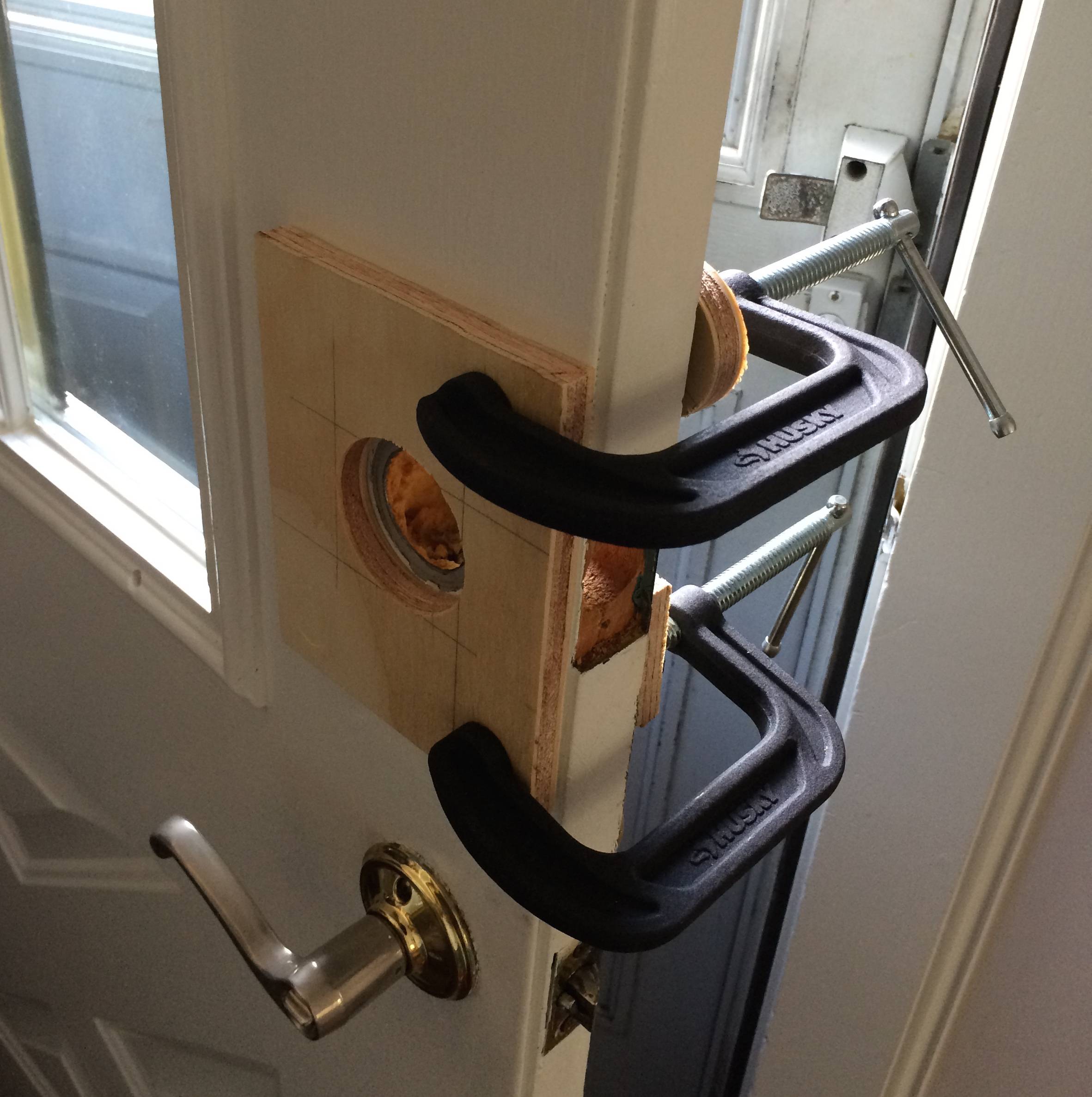
Ring Alarm can be a great home security system for people who don't want to break the bank. It's easy to set up and doesn't require a huge amount of maintenance.
Alexa also works with this device, so that you can use voice commands to set or disarm the alarm. This can be done by pressing the arm and disarm buttons in your keypad. Or, you can use voice commands.
Ring Alarm lets you customize the way your system operates in three different modes: Home mode, Away mode, and Disarmed mode. This is done by selecting which motion and contact detectors will be activated when they are triggered. You can add a delay to an entry sensor that is triggered by the front door.

It is possible to select which rooms will have contact and motion sensors. This way, you are not only monitoring the front room or living area. It is easier to determine how well your system performs in any particular room.
The ability to trigger your Ring cameras based on your alarm's mode is another great feature. So, for example, your Ring cameras could be turned off when the alarm is in Away or Disarmed but left on when the alarm is Home. This means that if someone does break into your house, you'll have plenty of video to call the police with.
You should check your contact list and network connection regularly. You should also check the batteries of your devices, and change them as needed.
The Assisted Monitoring feature allows for automated calls during alarm events to up three emergency contacts, so an unbiased person can intervene. You can use this feature to help children and elderly members of your family who may have difficulty answering the phone during an alarm.

Ring Alarm is available separately or as a kit. You can then build your system to fit your home. The starter kit contains everything you will need to begin, including base station with keypads, motion and touch sensors, as well a range expander.
The alarm comes with an external siren that can be used to alert people who are outside of your home or business. You can attach the siren to either your base station, or a battery-pack. It will then automatically turn on and off as soon as the alarm is armed.
The ring-alarm can be linked to other smart gadgets such as thermostats and lights, so you can control these devices from an app or with your voice. It's a great way to keep an eye on your home even when you're not there, and it also lets you set up smart routines so that you can automate tasks like shutting the lights when you go to bed or turning off appliances when you're leaving for work.
FAQ
What is the difference in surveillance and security cameras?
Surveillance cameras can be used for surveillance purposes while security cameras can be used for protection.
Each camera has its advantages and disadvantages. There is one major difference between the two types of cameras: the type of images that they capture. Surveillance cameras record video with slow motion so that you can view what's happening right now. Security cameras however, record video but not still photos. These images can be viewed later.
What is the best home surveillance camera?
Consider purchasing a home security camera system to protect your family. These systems can be used by both homeowners and renters easily and offer many benefits. You can monitor your property remotely using your smartphone or tablet, computer, and other mobile devices.
Can ADT ever be hacked
ADT security system is one of the oldest home alarm systems available today. ADT Home Security System remains the most trusted choice for many homeowners. They trust its reputation as a reliable company committed to protecting their homes from fires and burglary.
However, hackers can infiltrate even the most trusted organizations and steal sensitive data. Hackers are able to infiltrate networks at any moment and steal sensitive information. When a hacker successfully infiltrates your network, he gains access to everything stored on the computer as well as the ability to change important settings of the software and hardware. Hackers can, for instance, delete files and change passwords. It's important to understand that just because you cannot see something, doesn't mean hackers aren't trying to get into your house. It is important to be armed with information about how to protect your systems.
Statistics
- Depending on your insurance, 24/7 professional monitoring may qualify you for as much as 15% off your premium. (safewise.com)
- Related questionsHome security systems that are 100% DIY (safewise.com)
- (In my experience, the discount on my home insurance covered about 25 percent of the subscription of an average plan, but your mileage may vary depending on your location and the size of your home.) (theverge.com)
- Depending on your insurance, 24/7 professional monitoring may qualify you for as much as 15% off your premium. (safewise.com)
External Links
How To
How to Install an Home Security System
A home security system is a device that monitors your property and alerts you if there's any activity. It could include a motion sensor or doorbell camera, smoke detectors, flood alarms, carbon monoxide detectors, burglar alarms, and flood alarms. A home security system typically includes one or more sensors, such as motion detectors. These sensors send signals when they sense movement or sound. The signals are then sent out to a control board where they can monitored and recorded. A control panel will alert your phone, tablet or computer if something is wrong. You'll be able to immediately take action and know exactly what's happening.
First, you must choose the right type sensors for your home to install a home security system. There are two main types. Active and passive sensors. Passive sensors don’t need batteries. Instead, they simply pick up sounds or vibrations from the environment. These include buzzers, sirens and doorbells. Active sensors transmit data via electricity. Examples of such sensors include cameras and motion sensor.
There are many sensors brands today. Each brand has its own pros and disadvantages. Some sensors are weatherproof and others aren't. Some of them have built in speakers so that you can still hear them from outside. Some work only indoors. Some are simple, while others offer advanced features such as night vision.
After you have decided on the best sensors for your property's needs, you will need to choose a manufacturer. This will ensure that all your sensors work together. You will find many options in your local hardware store.
After you have chosen a brand, you will need to decide how many sensors you wish to purchase. Most people start with one or two sensors, depending on whether they live alone or with family members. However, if you plan to add additional sensors later, you might consider buying extra than you think you'll need now.
Next, consider where you want to put your sensors. Are they near windows or doors? Are they best kept hidden? Before placing them on your property, get permission. It is important to ensure they do not interfere with electrical outlets.
After you've determined the location of your sensors, you will need a way that they can be connected to your control panels. You may need a power adapter, or battery pack depending on the setup. Once everything is setup, you will be able to monitor your property.